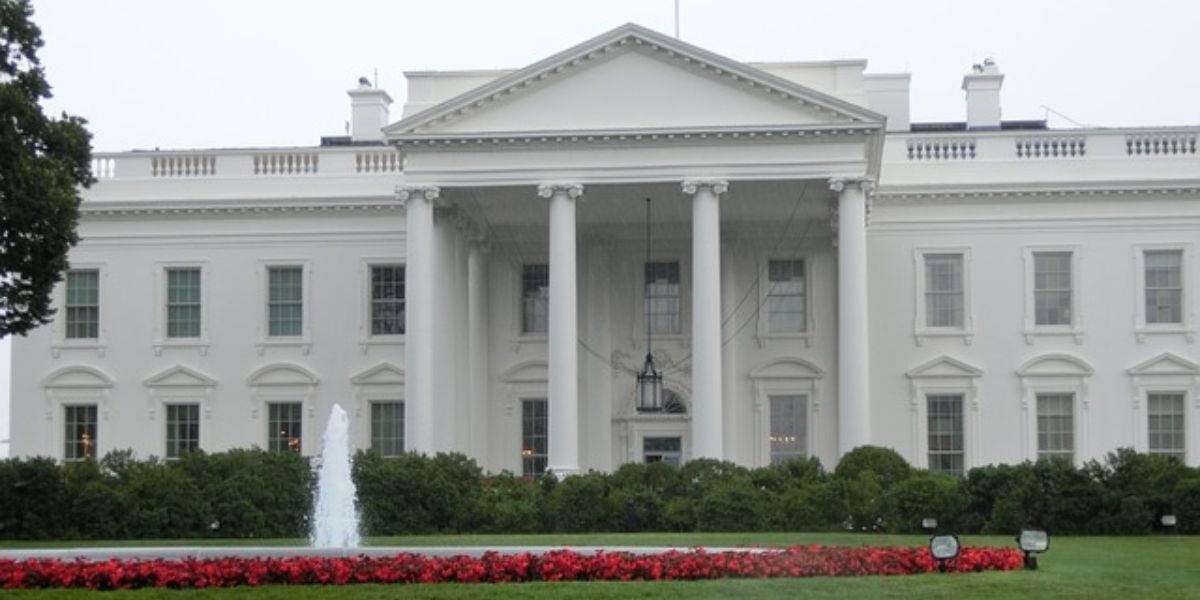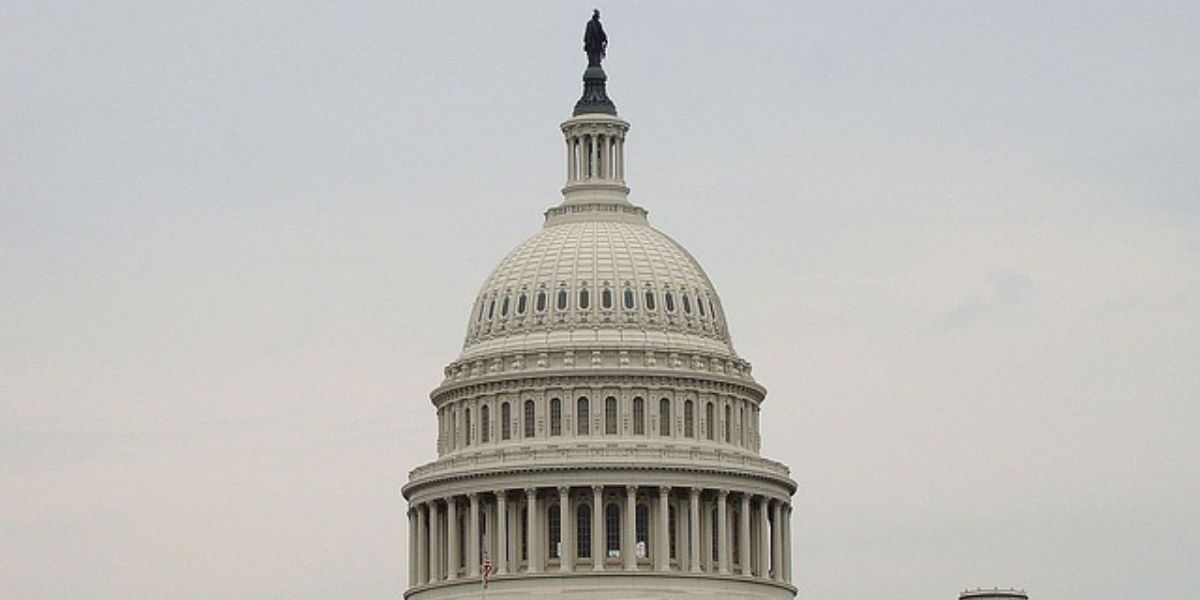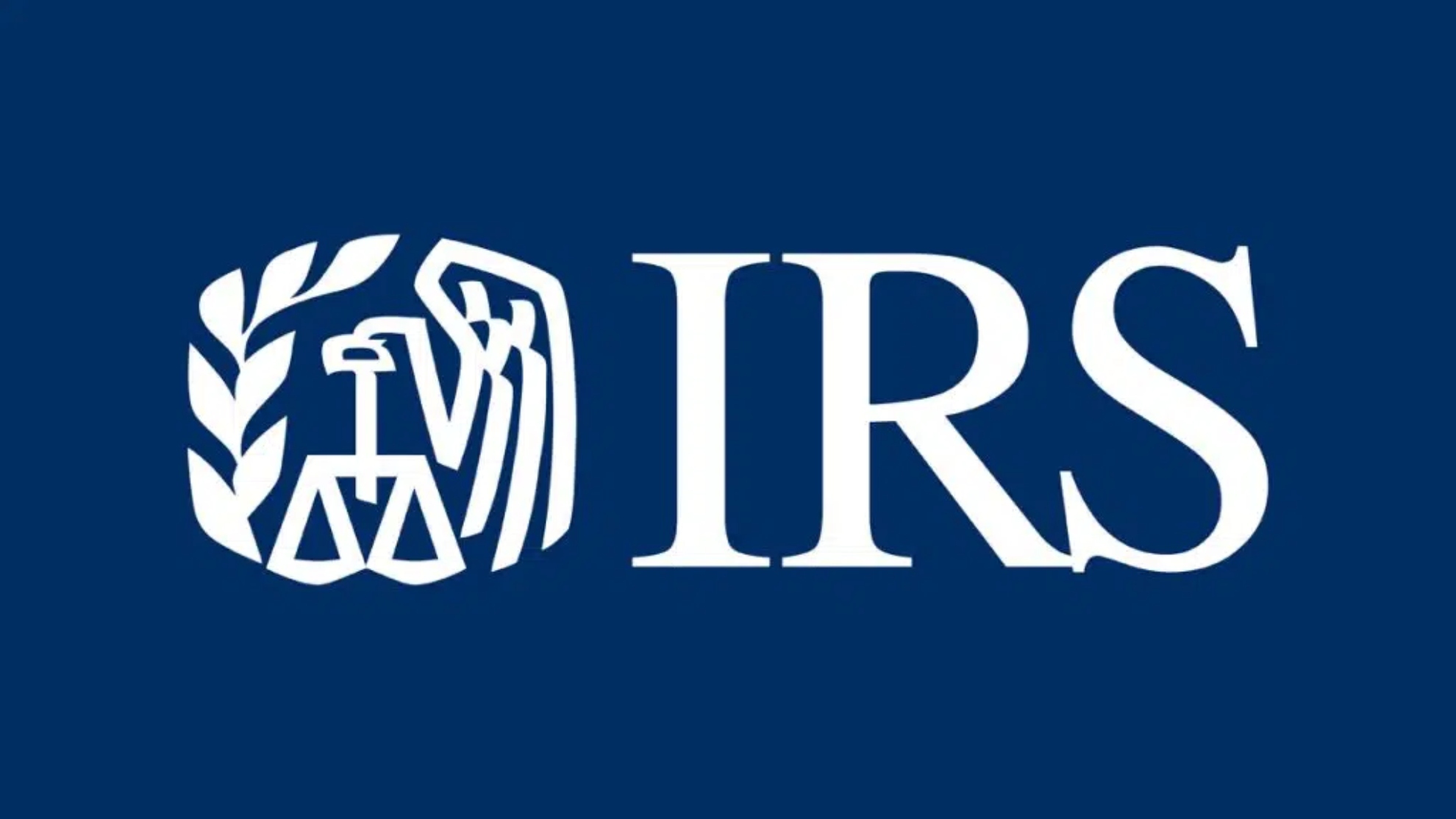Trump announced that he plans to impose a 50% tariff on EU goods, on top of the existing 20%, starting 1 June 2025. He also plans a 25% tax on imported iPhones that US consumers purchase.
US President Donald Trump threatened, on Friday 23 May 2025, to impose a 50% tariff on EU goods, in addition to the already imposed 20%, starting 1 June 2025.
This follows after the White House’s frustration with slow trade deal negotiations with the EU.
Trump also plans to impose a 25% levy on imported iPhones that US consumers buy. The president’s attack on Apple is his latest effort to pressure the tech company to move its production to the US, following similar efforts aimed at automakers, pharmaceutical companies, and chip manufacturers.
Trump told reporters in the Oval Office that his proposed Apple tariff would also apply to South Korea’s biggest phone maker, Samsung, and “anybody that makes that product,” referring to smartphones. He said the new phone levy would come into force at the end of June.
Trump reiterated his criticism of the EU, accusing it of unfair treatment toward the US by imposing restrictions on American car exports to the EU.
“I simply said, It’s time we start playing the game the way I know how to play it. I’m not looking for a deal. We’ve set the deal – it’s at 50%. But again, there’s no tariff if they build their plant here.”
Meanwhile, the Netherlands Prime Minister Dick Schoof supported the EU’s trade strategy and said the EU would view the announcement as part of the negotiations.
Earlier, the European Commission announced a public consultation on possible countermeasures and WTO litigation on 8 May 2025 in response to US tariffs if ongoing EU-US negotiations do not result in a mutually beneficial outcome and the removal of the US tariffs.
On 25 April 2025, the EU Economic Commissioner, Valdis Dombrovskis, stated that the US and the EU still have work to do to reach a deal that avoids tariffs on each other’s goods.
The White House paused most of Trump’s tariffs, which were announced in early April after investors sold off US assets like government bonds and the dollar.
Trump kept a 10% baseline tax on most imports and later reduced his 145% tax on Chinese goods to 30%.















